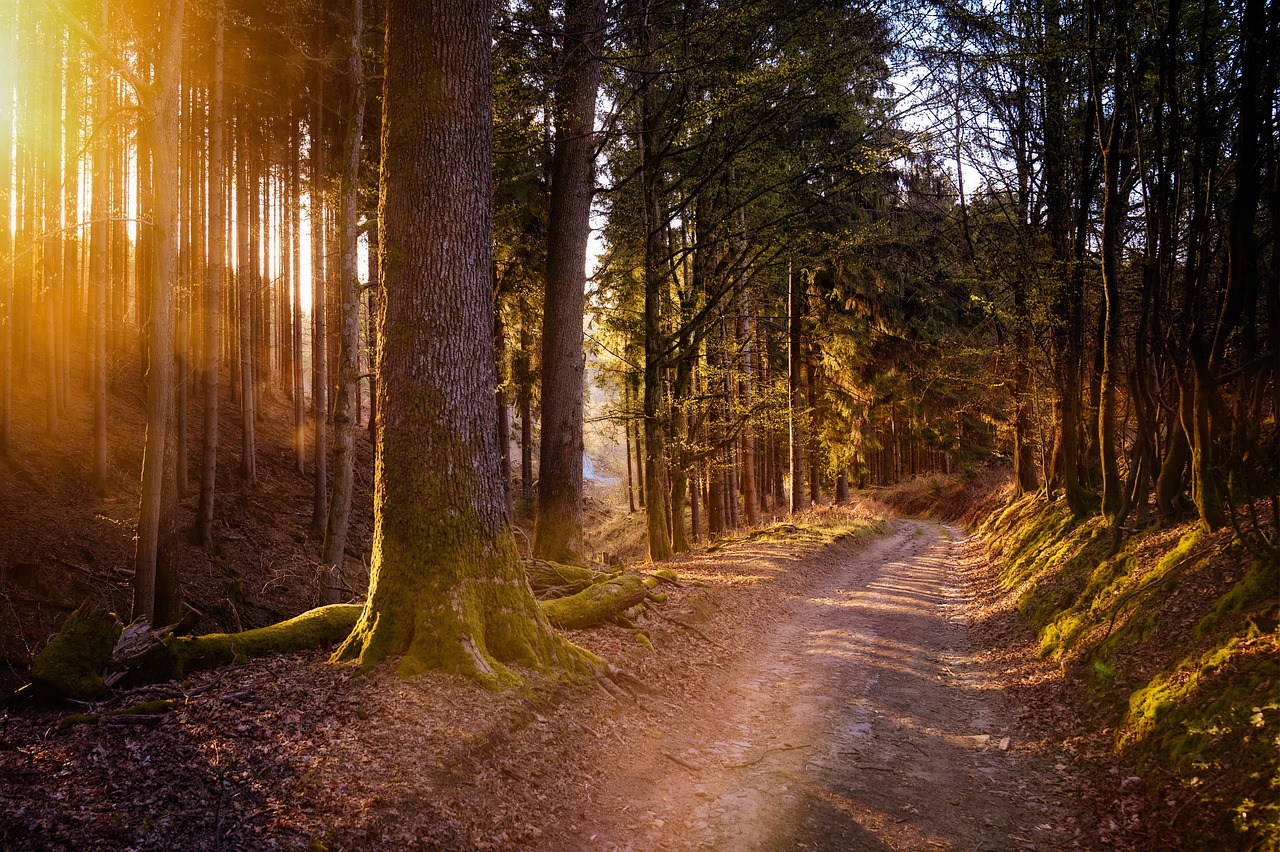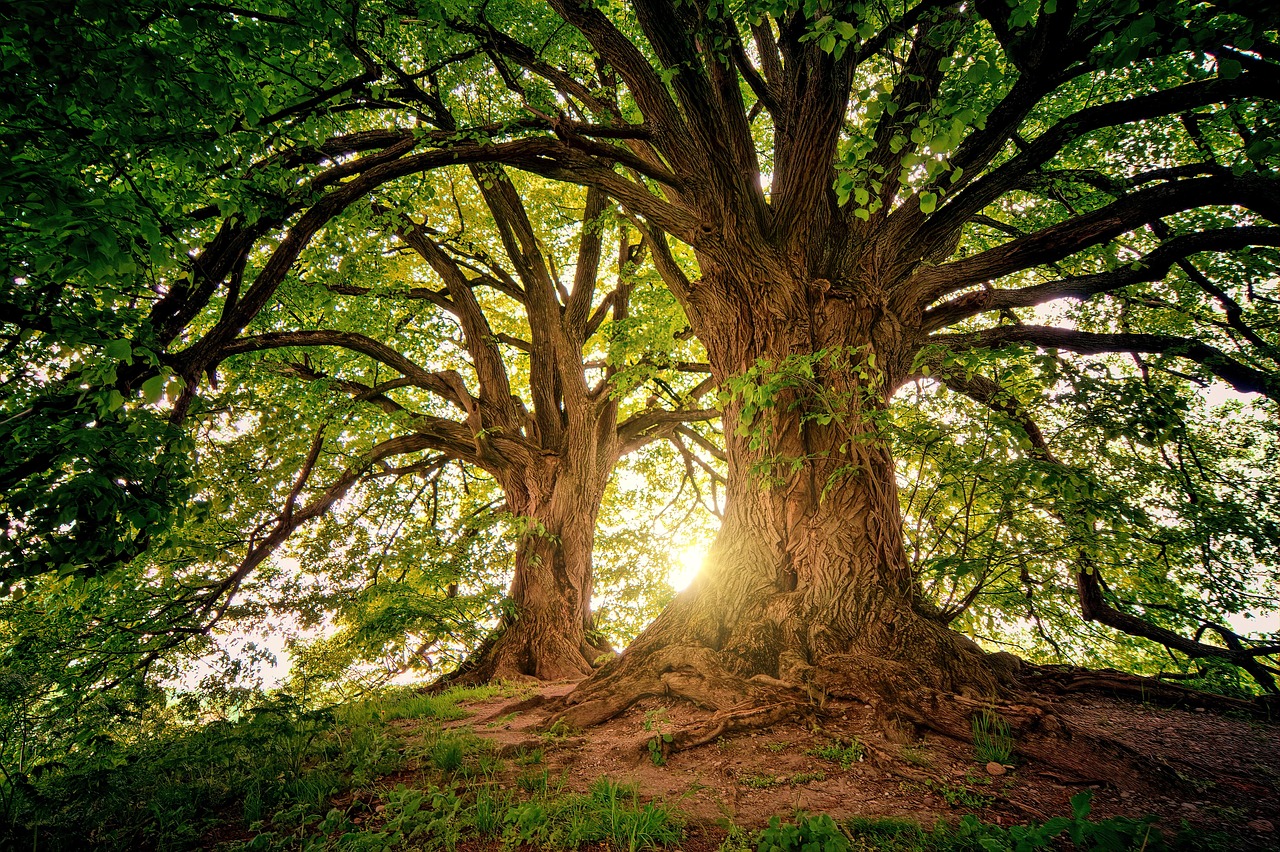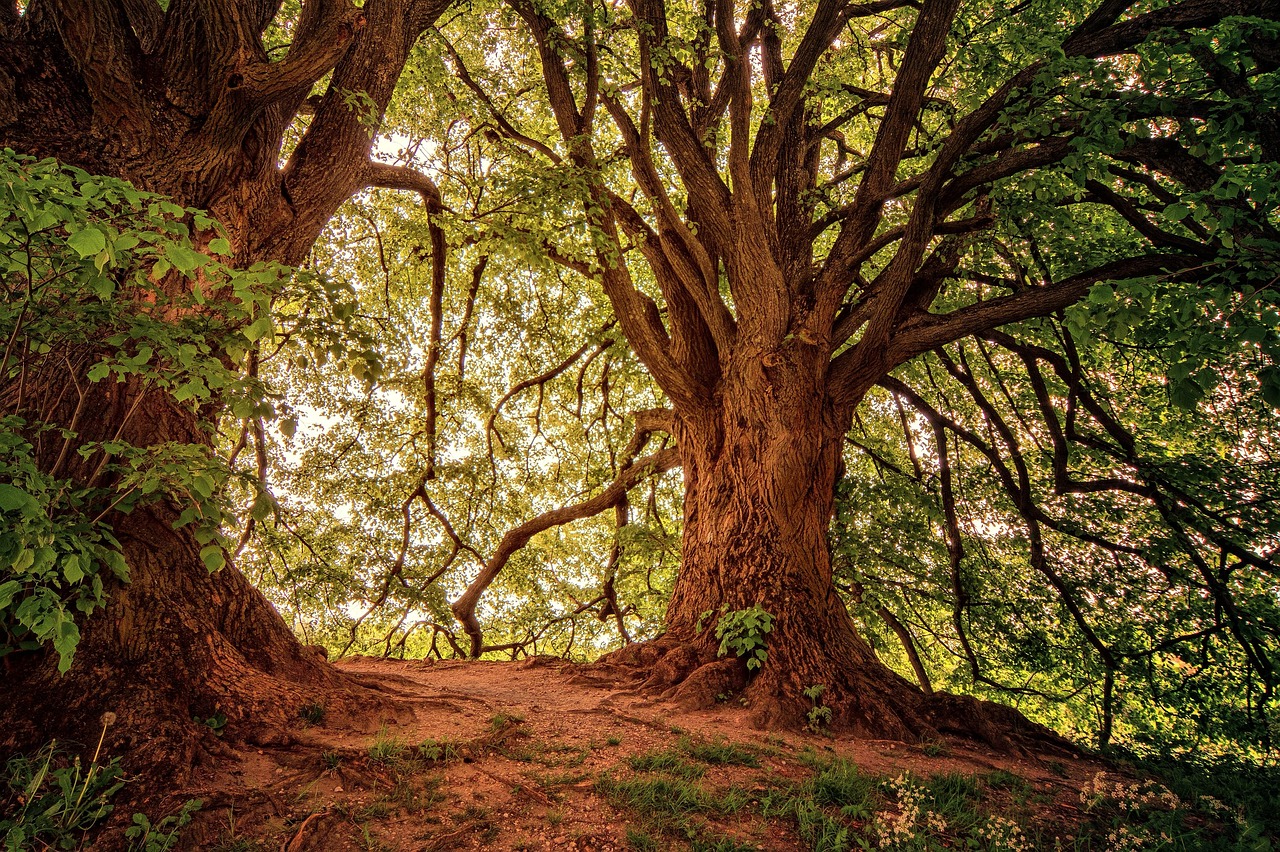Proper shade tree pruning enhances sunlight penetration, improves airflow, and maintains tree health, ultimately creating a cooler, more comfortable garden environment during summer. This list offers expert advice on timing, techniques, and post-pruning care to ensure your trees thrive and your garden stays refreshingly cool.
Honestly, I remember the first time I tried pruning—I was nervous about harming my trees. But once I got the hang of it, I realized how vital this little task is. Shade trees are such a vital part of our garden—they provide relief from the sun, improve air quality, and add natural beauty. But they need regular care to stay strong and functional—and that’s where pruning comes in.

From my personal experience, removing certain branches helps the tree breathe better and shapes its structure just right. I always tell myself that thinning out the canopy allows more sunlight to pass through, which cools down the garden and even benefits plants growing underneath.
The Real Meaning of Pruning Shade Trees
I always saw pruning as more than just trimming—it’s about caring for the tree’s health and keeping everything balanced. Here’s what I’ve found essential:
- Health Boost: I always cut away dead or diseased branches—this simple step prevents pests and diseases from spreading.
- Shaping: I enjoy shaping the canopy to keep it neat, which helps the tree stay healthy and look good.
- Sunlight & Airflow: Thinning the branches lets in more light and air, making the environment cooler and more refreshing.
- Safety: I pay attention to removing weak or low-hanging branches that could fall during storms—safety always comes first for me.
I’ve learned that each tree species has its own rhythm, so I always research and observe my trees before pruning. It’s a bit like listening to their needs and respecting their growth patterns.

| Tree Species | Ideal Pruning Time | Tips from My Experience |
|---|---|---|
| Maple | Late winter to early spring | I always avoid heavy pruning to prevent unnecessary sap loss. |
| Oak | Late fall to winter | I prune in dry weather—wet conditions always seem to invite diseases. |
| Pine | Early spring | I trim the candles for shaping—be gentle and don’t cut too much green growth. |
| Birch | Late spring | I prefer pruning right after it flowers; it seems to help recovery. |
I’ve learned to assess my trees for signs of disease—discolored leaves, wilted branches—and I always take action quickly. It sounds simple, but paying attention saves a lot of trouble later.
Pro-Tips: Lessons from My Personal Experience
When I first started pruning shade trees, I underestimated how important patience and restraint are. I used to think I needed to cut a lot at once to make a visible difference, but I quickly learned that over-pruning stressed my trees and led to weak regrowth. Now, I limit myself to removing no more than 25% of the canopy in a session, giving the tree time to heal and adapt.
I discovered early on that using dull or dirty tools causes more harm than good. I always make sure my blades are sharp and disinfected before each use. This not only results in cleaner cuts but also prevents the spread of diseases. Keeping my tools in top shape has been a game-changer in maintaining healthy trees.
When I pruned at the wrong time—especially during active sap flow or after flowering—I noticed my trees didn’t recover well or even suffered setbacks. I’ve learned to research each species and follow its specific timing needs, like pruning maples before bud break and avoiding heavy cuts during wet or freezing conditions.
During my initial pruning attempts, I ignored the importance of making proper cuts. Tearing bark or making flush cuts seemed easy, but I saw firsthand how such damage invites pests and diseases. Now, I always cut just above a bud or branch junction at a slight angle, and I never cut into the branch collar, respecting the tree’s natural healing zones.
Finally, I used to prune without considering the overall health of the tree—that is, I didn’t always look for signs of disease or weak branches. Over time, I learned to assess each branch carefully, removing dead, diseased, or dangerously low-hanging limbs first. Listening to my trees’ needs and observing their growth patterns has made my pruning efforts more effective and less stressful for the trees.
Getting the Right Tools for the Job
I always emphasize using sharp, clean tools—something I learned the hard way. Dull blades tear the branches and hurt the tree, which can invite infections. My go-to tools are:
- Hand pruners: For small, precise cuts.
- Loppers: For branches up to around 2 inches.
- Saws: For thicker limbs, especially large overgrown ones.
- Protective gear: Gloves and glasses—never skip safety.
I personally always keep my tools sharp and disinfected between trees; it’s a small step that makes a big difference in preventing diseases.

The Actual Pruning Steps I Follow
Every time I prune, I take it step-by-step. My process is simple but effective:
- Assess: I walk around and study the tree, looking for weak or crowded branches.
- Make the right cut: I always cut just above a bud or branch junction, at a slight angle.
- Don’t go overboard: I usually remove no more than 25% of the canopy—it’s tempting to cut too much, but I’ve learned patience pays off.
- Clean-up: I collect all debris and dispose of it properly; leaving dead wood lying around invites pests.
Honestly, I think the secret is patience and being gentle. When done right, pruning boosts the tree’s vitality and keeps my garden feeling fresh and cool during summer.

When Is the Best Time to Prune?
Timing has been key in my success. I’ve learned that pruning too early or too late can cause stress or sap loss. Here’s what I always consider from my experience:
Seasons Matter
- Spring: Early spring is best for many deciduous trees before they leaf out. I like to prune shortly after buds form, when I can see their structure clearly.
- Summer: Light pruning is fine to remove dead or problematic branches, especially during dry, warm days.
- Fall: For some trees, fall after they’ve dropped leaves is easier to see what needs cutting.
- Winter: I prefer late winter when trees are dormant—less stress, faster healing.
Species-Specific Timing
Over the years, I’ve learned different trees have different optimal times:
| Tree Species | Best Pruning Time | My Tip |
|---|---|---|
| Maple | Late winter to early spring | Prune before buds open to limit sap loss. |
| Elm | Late winter | Avoid spring pruning to reduce disease risk. |
| Cherry | Summer | Post-flowering pruning minimizes disease. |
| Sycamore | Late winter or early spring | Prune during dormancy for best results. |
Effective Techniques I Use
I’ve found that the right techniques make all the difference. Here are some tricks I stick to:
Crown Thinning
- I identify crowded spots and selectively remove weaker branches while keeping the natural shape.
- This improves air circulation and sunlight penetration—crucial in hot summers.
Crown Raising
- I remove lower branches gradually—no more than one-third at a time—to keep the tree healthy.
- Always cut at the branch collar to promote good healing.
Crown Reduction
- This is helpful if a tree has grown too tall near a building or power line, but I avoid topping, which can cause weak regrowth.
- I shorten only the main branches to keep the shape natural and safe.
What I Do After Pruning
Post-pruning care is just as important as the pruning itself. I always:
- Water: Keep the trees well-hydrated, especially in dry spells.
- Mulch: Apply organic mulch around the base—this helps retain moisture and keeps weeds out.
- Pest Watch: Keep a close eye for pests or disease signs, catching issues early.
This routine helps my trees bounce back quickly and stay healthy all season long.
Honestly, I’ve realized pruning is a skill that improves with patience and practice. Sometimes I wait a year or two to see how the cuts heal and how the tree responds. Over time, I’ve come to enjoy this process—it’s like giving my trees a spa day, making sure they thrive in the summer heat.
Common Mistakes I’ve Learned to Avoid
Over-Pruning
I used to be guilty of removing too many branches at once—learning the hard way that it stressed my trees. Now, I keep it to no more than 25% of the canopy at a time. Too much at once weakens the tree and can lead to pests or poor growth.
Improper Cuts
Flush cuts or tearing bark—I’ve learned to avoid these. Instead, I always cut at a slight angle just above a bud or branch junction, and I use sharp, clean tools to minimize damage.
Ignoring Species Needs
Each tree has its own schedule. I’ve made mistakes by pruning at the wrong time, so I now double-check my trees’ species and needs. For example, I prune maples before bud break, but I avoid pruning during sap flow periods.
| Tree | Mistake | My Tip |
|---|---|---|
| Pine | Topping the tree | Only prune candles for shaping—never top. |
| Cherry | Pruning during late winter | Prune right after flowering or in summer. |
| Maple | Pruning during heavy sap flow | Prune before buds open in early spring. |
| Birch | Pruning in winter | Prune in late spring after flowering. |
Tools I Trust and Maintain
Keeping my tools in top shape is something I always prioritize. I sharpen my pruners and loppers regularly and disinfect them after each use. Nice, sharp tools make clean cuts and keep my trees happy.
Weather Matters—My Personal Tips
I’ve learned that pruning in extreme heat or cold stresses the trees unnecessarily. I try to prune on mild days, avoiding rain and high humidity—wet conditions spread diseases fast. Plus, I always check the forecast to avoid storms or frost periods, which can do more harm than good.
Recent Posts
link to Ponytail Palm Multiple Heads Pups - PropagatingA distinctive and well-liked indoor plant, ponytail palms (Beaucarnea recurvata) are distinguished by their long, thin leaves and bulbous stem. These slow-growing plants are a terrific addition to...
link to How to Prune Basil for Winter: Indoor Preserve It & Survival CareHow to Prune Basil for Winter: Indoor Preserve It & Survival Care
A common herb that is simple to produce, Basil Plant is a mainstay in many home gardens. To make sure your Basil Plant survives the Winter months, you should Prune it as Winter approaches. Basil...
A distinctive and well-liked indoor plant, ponytail palms (Beaucarnea recurvata) are distinguished by their long, thin leaves and bulbous stem. These slow-growing plants are a terrific addition to...
How to Prune Basil for Winter: Indoor Preserve It & Survival Care
A common herb that is simple to produce, Basil Plant is a mainstay in many home gardens. To make sure your Basil Plant survives the Winter months, you should Prune it as Winter approaches. Basil...
